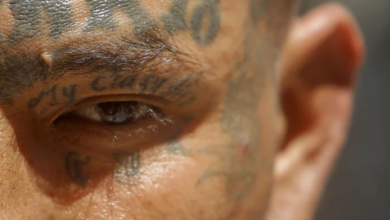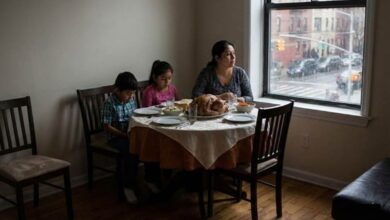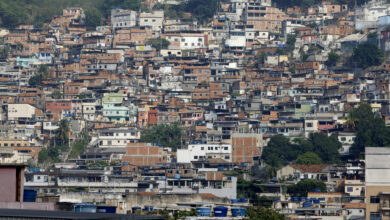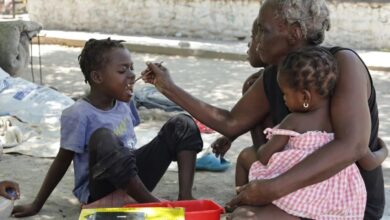Haiti Families Risk Homecomings as Gangs Pull Back
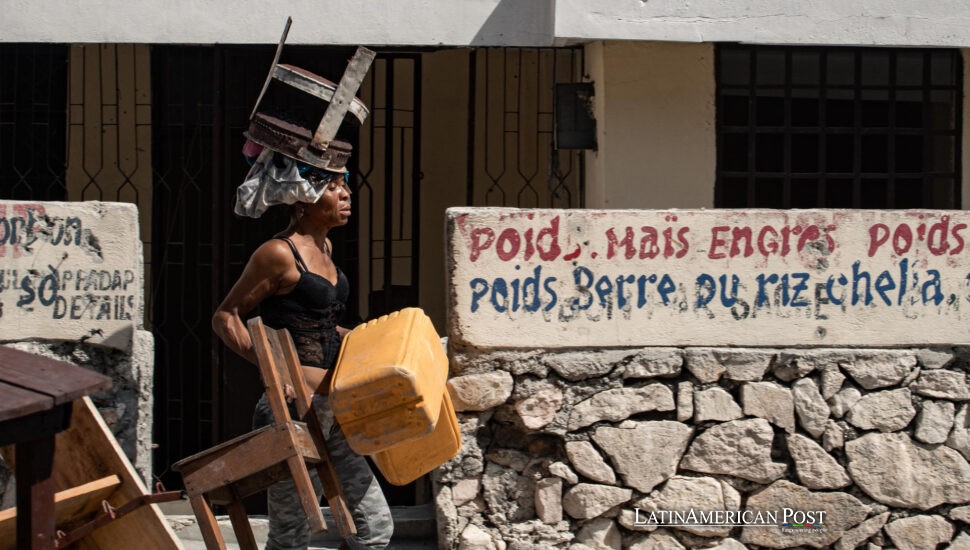
In Port-au-Prince, hundreds of families are edging back into neighborhoods abandoned to gunfire after gang leader Jimmy “Barbecue” Chérizier ordered fighters to pull back. They return to ransacked homes, cratered streets, and a fragile promise of safety that few fully trust.
A permission to return, not a guarantee
For the first time in months, the current moved toward home. Streams of men, women, and children hoisted mattresses, plastic tubs, and sacks of clothes as they navigated broken streets into Delmas 30, Solino, Christ-Roi, and Nazon. Chérizier—better known as “Barbecue,” the leader of the Viv Ansanm coalition—posted a video declaring that his “soldiers” would withdraw from portions of those neighborhoods. “Since it’s our soldiers who are there, preventing people from returning, I’m asking them to pull back so that people can go home,” he said, promising a drawdown “before the end of August,” according to the EFE.
The announcement triggered a cautious exodus from churchyards and schoolyards, where families had slept shoulder to shoulder for months. Yet permission is not protection, and the walk home doubled as an inventory of loss. Chérizier’s coalition has controlled swaths of the capital for more than a year; his message, equal parts tactical pause and public relations, asks residents to trust the very men who burned and looted their homes. Few believe it is that simple.
Walking back to ashes
Claude, who had taken refuge at a Médecins Sans Frontières site, was among those who tried to reclaim what remained. He stood at the doorway of his one-story house, pointing at the void where windows and doors should be. The roof gaped open to the sky, and the refrigerator and small table that had survived were mangled beyond use. “I can’t come back,” he told the EFE, his voice flat. “They took everything. We have nothing left. The State must help us—we depend on it.”
Versions of Claude’s return played out street by street. Rubbish and rubble carpeted the roads, sometimes piled into makeshift trenches. Courtyards were scorched. Walls were freckled with bullet holes. The devastation looked like an earthquake had hit, except this disaster arrived in waves of men with rifles.
Still, many chose to stay amid the wreckage rather than return to the camps, where water and food are scarce, electricity is absent, and insecurity festers. The calculation was stark: sleep under a collapsed roof but on your own ground, or wait in limbo for services that never arrive.
A city displaced
More than a million Haitians are internally displaced, many of them children. In Port-au-Prince, where gangs exert control over an estimated 90% of the territory, at least one in three residents has fled into makeshift shelters, provincial towns, or onto migration routes toward Brazil, Mexico, or the United States.
The toll is ferocious. Between April and June alone, 1,520 people were killed and 609 wounded, with most of the carnage in the capital. On Sunday, thousands of displaced people marched through central Port-au-Prince, announcing their intention to return. By Monday, the EFE observed hundreds more hauling belongings down the Delmas thoroughfare before the opportunity closed.
The momentum reflected not only longing but exhaustion. Families had been uprooted for months, children pulled from school, livelihoods destroyed. “The camps make you visible,” one man said while dragging a warped door back to his frame. “At home, however damaged, you can at least lock a gate.”
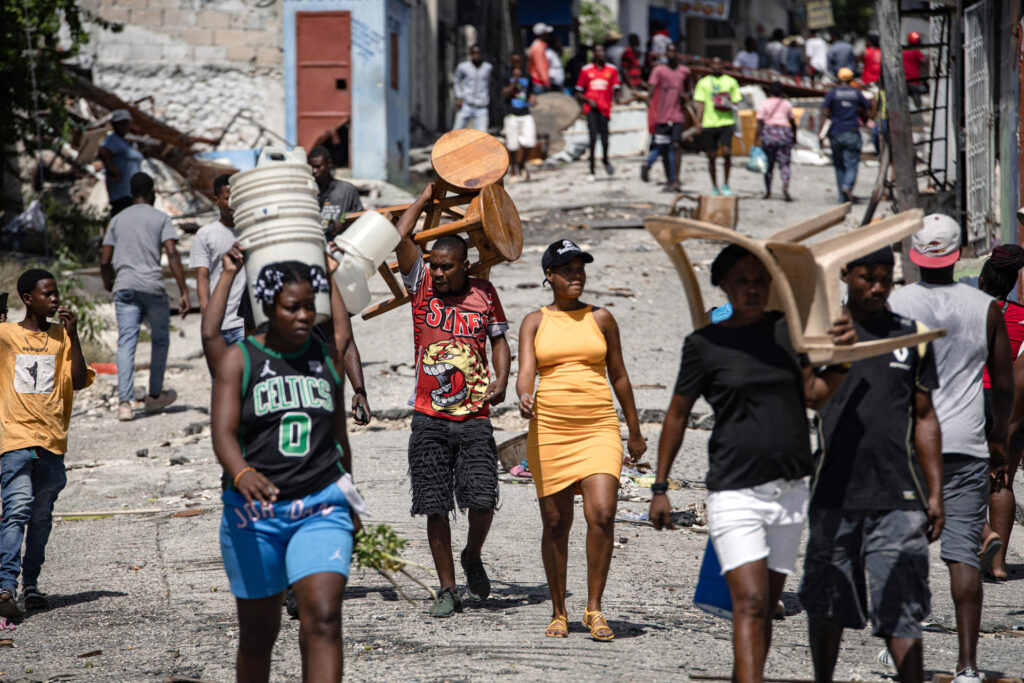
Security forces push, gangs reposition.
Why the sudden invitation to return? Some civil society voices suspect a strategy. With the Haitian National Police signaling new operations, gangs may be repositioning—shrinking their footprint in residential blocks that could trap them, drawing civilians back as de facto shields.
The police are reinforced by a Multinational Security Support mission led by Kenya, with nearly 1,000 agents tasked with reclaiming a city that has been under siege for almost two years. Hundreds of gang members have been killed in clashes or by drones, the EFE noted, but the structures sustaining gang power remain.
That paradox defines the mood. The return of neighbors should be a sign of confidence; instead, it feels like a wager in bad weather. The state’s presence remains sporadic, and trust is fragile after years of impunity. Aid groups can clear debris and set up water points, but they cannot replace the security vacuum that exists.
Inside neighborhoods, answers shift block by block. Volunteers stack cinder blocks and sweep glass; elsewhere, pickups idle with armed men watching intersections. The pace of return will depend on whether schools reopen, clinics restock, markets reappear, and barricades of trash—now doubling as cover—are removed. Above all, it depends on whether the men who once closed the streets now truly stand aside, and whether police and their international allies can turn fragile momentum into durable safety rather than a lull before the subsequent rout.
For now, Port-au-Prince is a city of thresholds. Families stand in doorframes deciding whether to step back in. Mothers calculate the distance to a water spigot. Children search rubble for a ball to kick. The promise of return, offered by a gang leader on video and echoed by weary government voices, is only a beginning. What follows—police sweeps, gang countermoves, and a slow grind of rebuilding—will decide whether this week’s homecomings mark a turning point or merely another cruel bend in the curve.
Also Read: Mexico Confronts a Flesh-Eating Screwworm Surge Threatening Livestock, People, and Borders
As Claude put it to the EFE, “We depend on the State.” The test is whether a state that has so often been absent can finally arrive—and stay.

